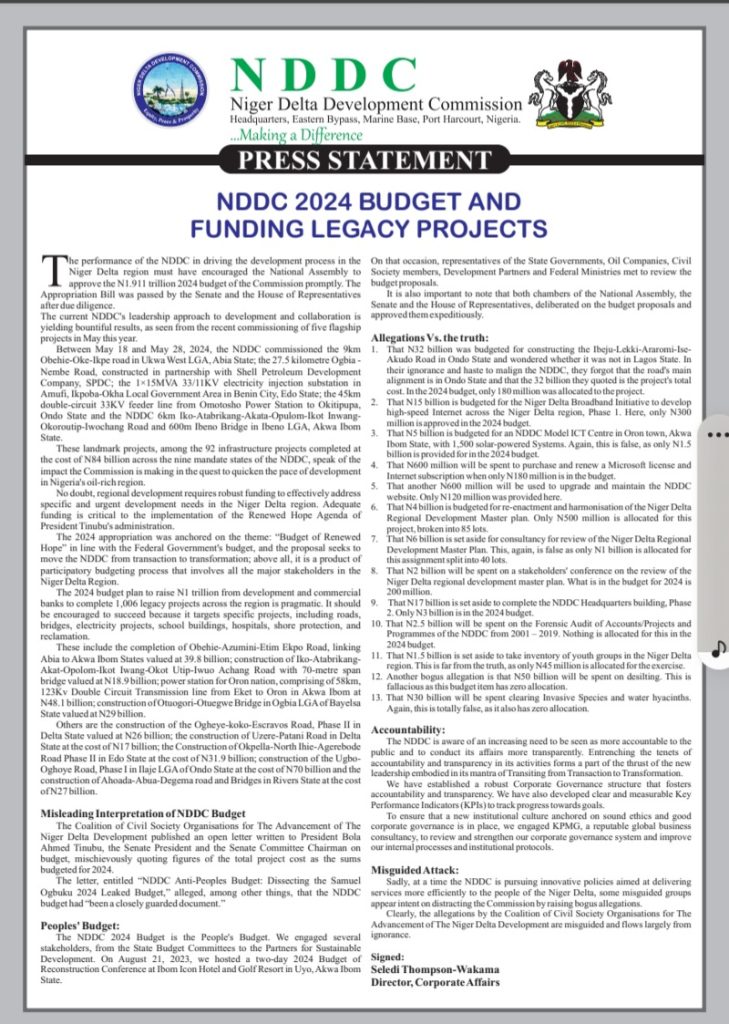On Sunday, a Taliban government spokesman reported that the death toll from powerful earthquakes in western Afghanistan has risen to over 2,000, making it one of the deadliest earthquakes to hit the country in two decades. The magnitude-6.3 earthquake and subsequent aftershocks struck Herat province, causing widespread destruction.
Abdul Wahid Rayan, spokesman at the Ministry of Information and Culture, mentioned that the death toll is higher than initially reported, with about six villages completely destroyed. Hundreds of civilians are believed to be buried under debris, prompting urgent calls for help. The United Nations initially cited a preliminary figure of 320 dead, but local authorities estimated 100 people killed and 500 injured.
Disaster authority spokesperson Mohammad Abdullah Jan highlighted that the Zenda Jan district in Herat province, particularly four villages, bore the brunt of the earthquake and aftershocks. The United States Geological Survey reported the quake’s epicenter about 40 kilometers northwest of Herat city, with several strong aftershocks, including magnitude 6.3, 5.9, and 5.5.
Local reports described the immediate aftermath, with people fleeing their homes, offices, and shops in fear of further earthquakes. Telephone connections in Herat went down, complicating efforts to gather information from affected areas. Videos on social media depicted crowds of people in the streets, and the World Health Organization dispatched ambulance cars to evacuate casualties.
Herat province shares a border with Iran, and the earthquake was also felt in nearby Afghan provinces. The Taliban government urged local organizations to provide assistance, emphasizing the need for medical care, shelter for the displaced, and food delivery to survivors. The security agencies were called upon to deploy resources for rescue operations.
This earthquake follows a devastating quake in June 2022, which struck eastern Afghanistan, killing at least 1,000 people and injuring around 1,500, highlighting the seismic vulnerability of the region.










